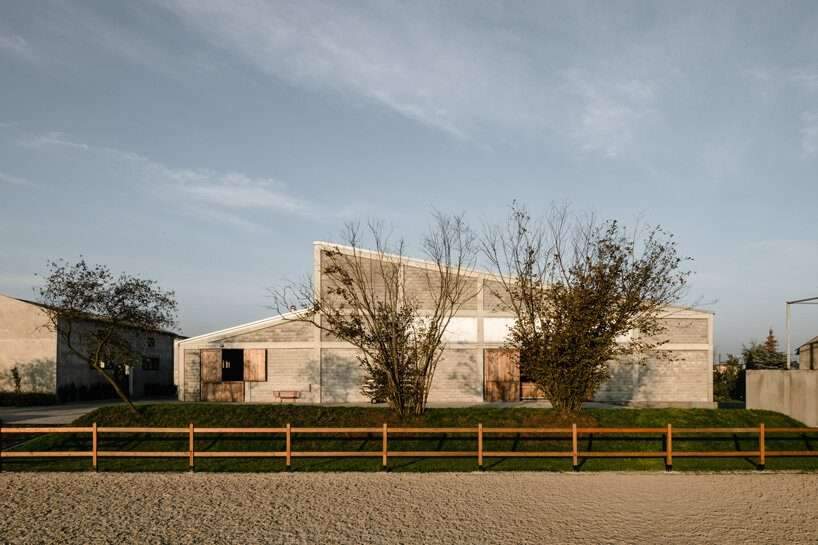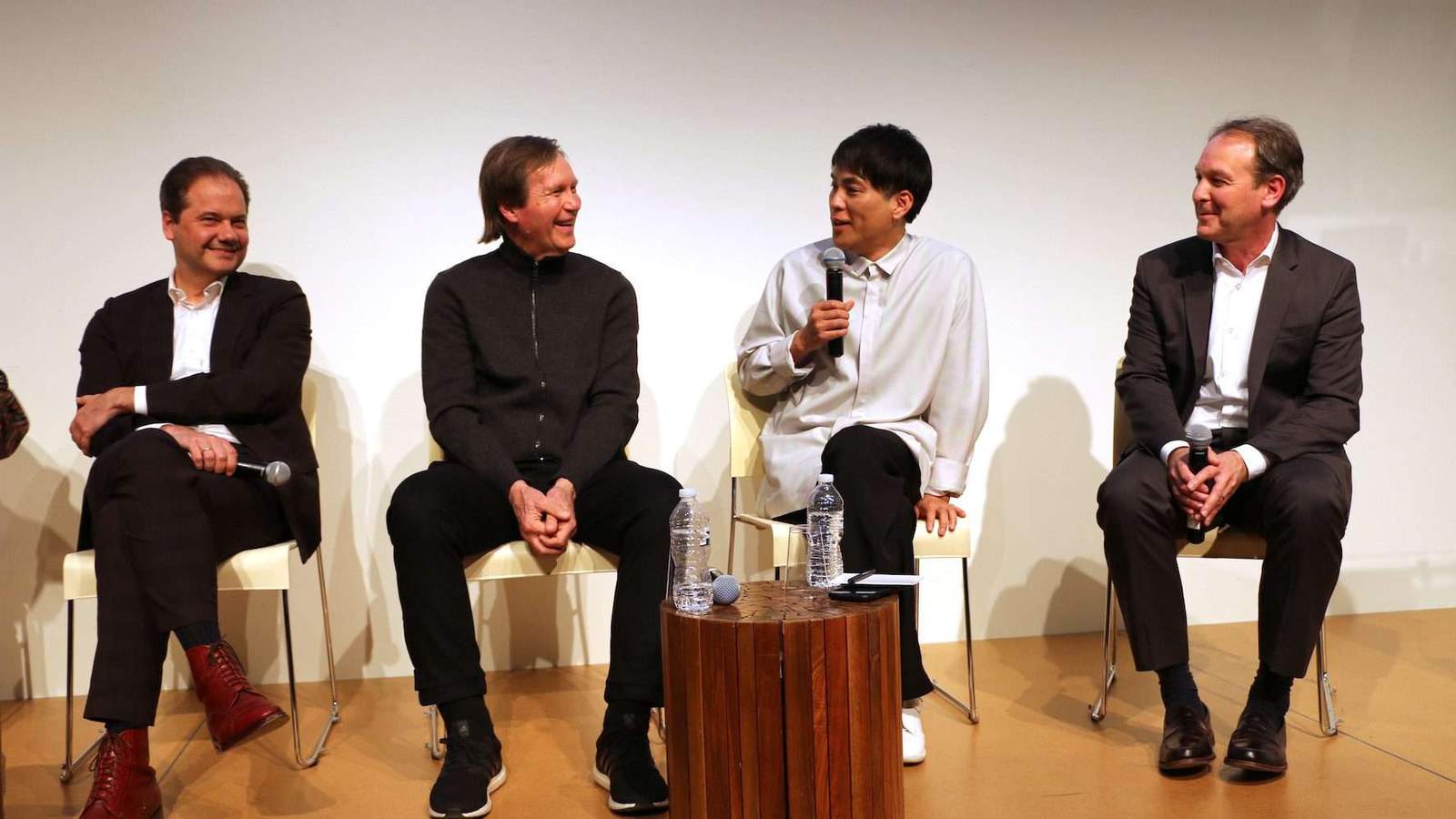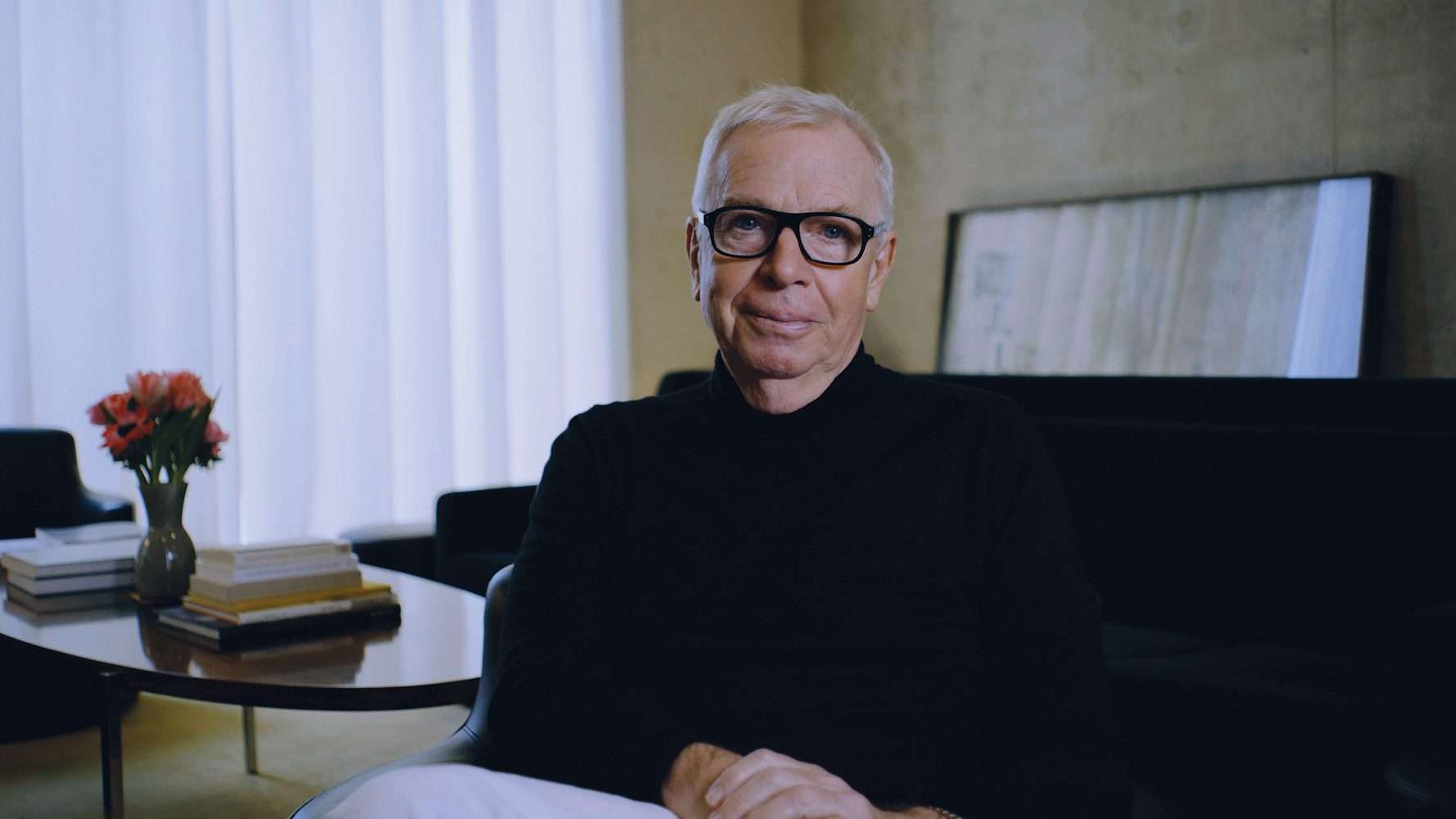alex chinneck on the looping boat, his most complex work yet
British artist and sculptor Alex Chinneck is days away from unveiling The Looping Boat, his most complex installation to date. Seemingly floating on the Sheffield & Tinsley Canal, the artwork takes the form of a sculptural boat whose body, made of rolled steel, behaves in an extraordinary way, performing a six-meter-high and thirteen-meter-long, gravity-defying, aerial loop-de-loop. Chinneck is painting it in traditional canal boat colors and will engrave it with sign-writing that celebrates Sheffield’s industrial heritage and historic waterways. ‘It’s very much nestled into its situation, and it’s really unpretentious,‘ the artist tells “architectural resource”. Positioned between locks 4 and 5, the waterway will serve as a gallery space for the sculpture, enabling the dramatic looping hull to be viewed from 180 degrees. The canal, which is looked after by the nation’s waterways charity Canal & River Trust, will also be used to transport sections of the artwork to the site by boat.
all images © Marc Wilmot
expanding interventions across sheffield
Alex Chinneck has been working on The Looping Boat since 2016. During that time, the artist installed two temporary public artworks in Tinsley – the first, a sculpture of a peeling road with a car hanging upside down beneath it, creating an illusion that more than 5,000 people visited over six days; the second, in 2019, a knotted post box temporarily displayed on a residential street outside Tinsley Meadows Primary Academy. The Looping Boat is co-funded by British Land and by energy company E.ON, who committed to creating a public artwork as part of its redevelopment of Blackburn Meadows into the renewable energy plant that serves the city today. In an exclusive interview, Alex Chinneck walks us through the mind-bending process of sculpting his latest loop-de-loop along a historical canal. Read the full conversation below.
The Looping is now on view at the Sheffield & Tinsley Canal
interview with alex chinneck
“architectural resource” (DB): Can you walks us through The Looping Boat and how it ties to the canal’s historical layer?
Alex Chinneck (AC): The project is in Sheffield, an area we’ve worked in for a long time. We took part in an open call about seven or eight years ago and won the commission. The Looping Boat has been underway ever since. When we responded to the open call, we didn’t really commit to a particular design; instead, we explored the idea of it. It’s how we approach all of our work, which is developing an improved understanding of the location. I’ve always championed the idea that the work belongs to its surroundings. We not only consider the aesthetic of the area but also the people that use it and occupy it, the opportunities that the location presents, and the history of the location. I like to think that when something resonates with the past of a place, it’s a good way of connecting with the present and, hopefully, the future.
We spent a lot of time in this particular area of Sheffield, understanding all of those different elements. Along the way, we originally designed a series of four huge sculptures to travel along the canal, which is 200 years old and has an incredible industrial history. It used to be lined with many factories, and it was of hive of industrial activity, production, energy, and community, and that’s all changed now. It’s largely all gone along the canal. What’s left are the remnants of old cranes, old bridges, and old fallen factories. Even with this industrial heritage, it’s also a lovely place to spend time and walk.
British artist and sculptor Alex Chinneck on The Looping Boat
AC: However, as different issues surfaced, we didn’t end up pursuing the original series of sculptures. Instead, we installed two artworks in Tinsley to engage and hopefully excite the residents, particularly the local school children who would never expect to find a public artwork on their doorstep. The first work is our peeling road, which gives the illusion of a car hanging upside down. We installed that overnight, so everyone woke up in the morning to the sight of it in Tinsley. We also brought every single class from the local school, one at a time, and it did a lovely job of blowing their mind. It had a hefty dose of theatricality. The second artwork is our knotted bronze post boxes outside of the school as well, which they equally loved. So we’ve been working in this part of Sheffield long.
Returning to The Looping Boat, we wanted to take advantage of the heritage and water element. The site’s history of steel and fabrication of factories pushed us to create something out of metal; something that was very complicated to build. And sited very close to the marina, home to other canal boats, the sculpture sits nicely within the landscape and the history; it encourages people to walk along the canal system and discover it. It’s not a plinth, a gallery, or a town square. You have to make a journey to go and see it. It’s very much nestled into its situation, and it’s really unpretentious. While I don’t consider it street art, it has that feel of something that pops up in a surprising way; you would never expect it to be there. I really love that. That’s my favorite kind of public art.
the design reflects traditional canal boat colors
DB: The loop-de-loop is a signature style of yours. Could you elaborate on what it represents in this particular context? Considering the industrial heritage?
AC: I love the illusion of material fluidity, and something about it on the water works so nicely. I find that to be a deeply satisfying sculptural action. And then, obviously, I really enjoy the surrealism of taking ordinary things and making them as extraordinary as possible. In terms of the loop itself, I wouldn’t say it represents anything. I always work in a very sculptural and contextual way. I don’t often operate in an overly conceptual way. That’s how it’s always been, and that approach works well in the public realm. It’s not that it’s intentionally diluted in terms of intellect. It’s just that it isn’t overly communicative of a particular idea or concept, and I think it leaves it more open to enjoyment, access, and interpretation. I’ve always loved loops because there’s this kind of continuation of a journey. I like that you keep going in the same direction, but there’s a complicated and awkward detour along the way, which feels quite true to life.




